Screenshot: Warner Bros., Criterion
During the 1980s, in the wake of Star Wars and Apocalypse Now, George Lucas and Francis Ford Coppola produced one of the most daring – and in Japan, most controversial – films ever made. Paul Schrader’s Mishima: A Life In Four Chapters is unlike anything before or since.
With screenplay credits for Taxi Driver and Raging Bull, Paul Schrader was increasingly making a name for himself a director during the 1980s. His Benz-driving, Armani-wearing American Gigolo set the tone for the entire decade.
As a director, the film Schrader is still most proud is 1985’s Mishima: A Life In Four Chapters. It is the most daring films ever funded by a mainstream Hollywood studio. If you’ve never seen it, Criterion has just released Mishima: A Life in Four Chapters on Blu-ray.
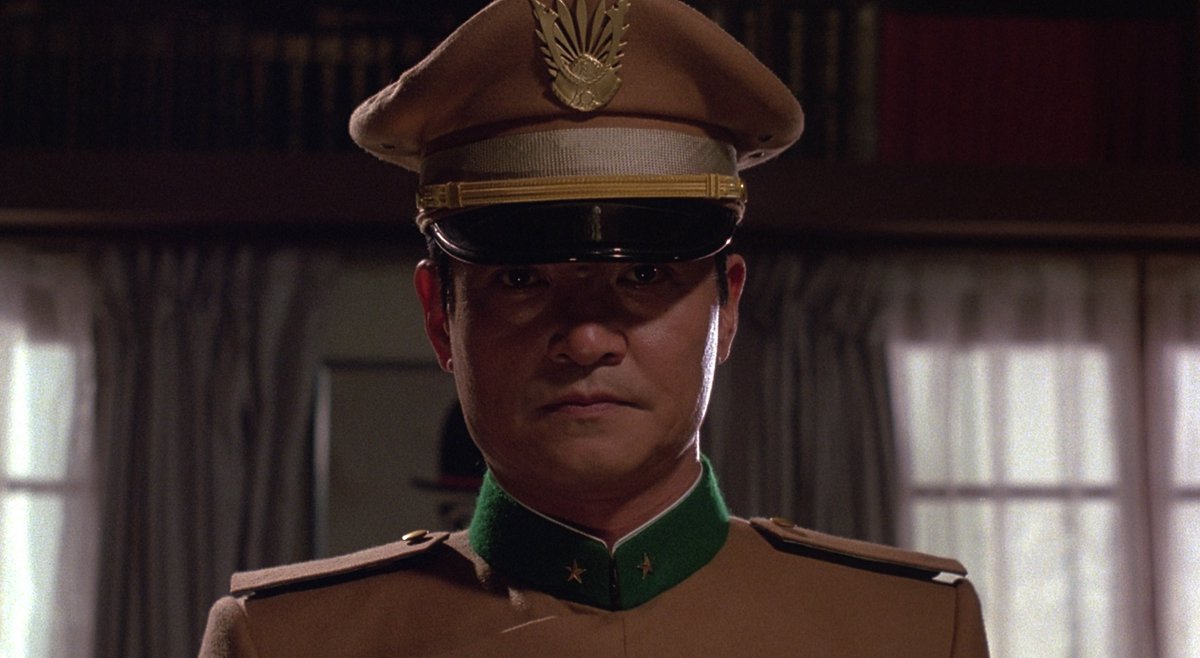
Screenshot: Warner Bros., Criterion
Mishima: A Life In Four Chapters is a portrait of Yukio Mishima, one of Japan’s greatest writers, and examined his art, his sexuality, and his nationalism. In 1970, Mishima attempted to overthrow the Japanese government and restore the emperor to power.
Japan, as a subject, was not new to Schrader. Along with his brother Leonard and Robert Towne of Chinatown fame, Schrader co-wrote the 1974 film The Yakuza, which was directed by Sydney Pollack and starred Robert Mitchum and Ken Takakura. For their script, the Schrader brothers were paid $US325,000 ($430,969), then a princely sum in Hollywood. It launched Paul’s movie career.
But it was Leonard who was apparently the impetus behind that film. He had lived in Japan, and it would be a subject he’d later revisit, penning several projects for the country’s movie industry, including The Man Who Stole the Sun, which was named as the best film in Japan in 1980.
Leonard co-wrote Mishima: A Life in Four Chapters with his Japanese wife Chieko. The entire film is in Japanese, subtitled in English. Paul Schrader, however, spoke no Japanese and hadn’t live in Japan. What drew him to Mishima?
Schrader is quoted in George Kouvaros’ book Paul Schrader as saying:
“If I’m going to do a film about my own death-wishes, my own homoerotic, narcissistic feelings, my own over-calculation of life and my own inability to fell, well, here’s a man who has repeatedly stated those identical problems. I believe that this is the only way to do a biography which also has the force of a personal statement: two psyches have to be in sufficient sync to give you the liberty you need within the confines of what actually happened.”
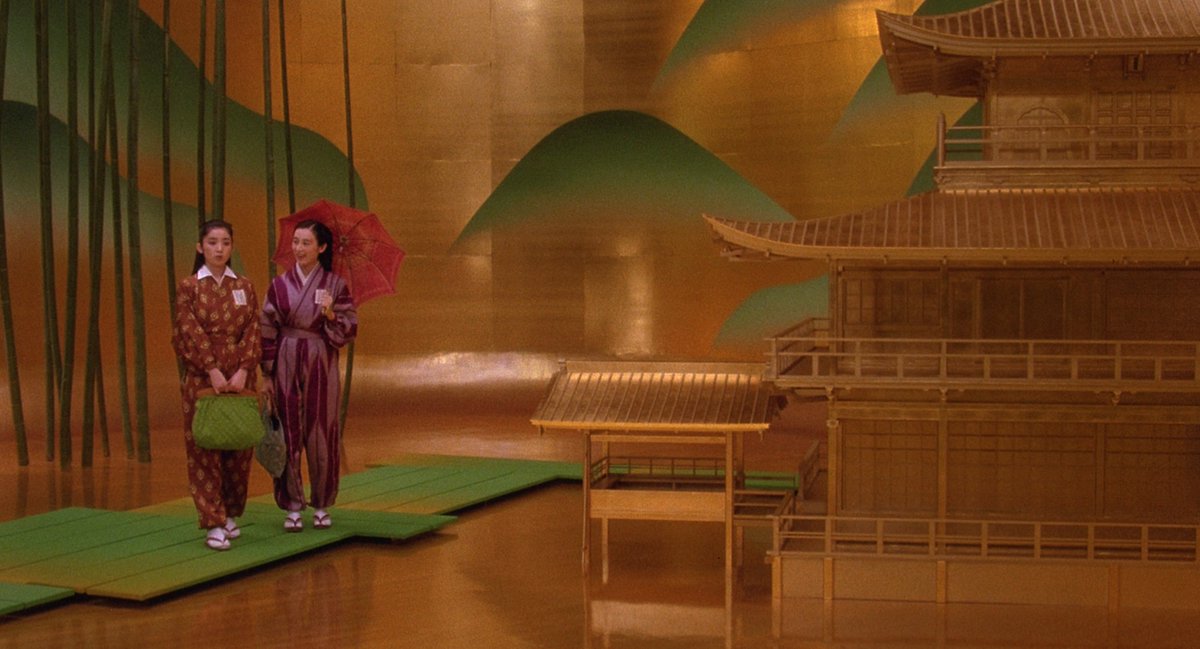
Screenshot: Warner Bros., Criterion
In a decade ruled by Sylvester Stallone and Arnold Schwarzenegger, Mishima: A Life In Four Chapters stands out. The structure, which is broken into four thematic chapters, is unique as well as the cinematography and the sets. The score is one of Philip Glass’s best. The result is stunning and self-indulgent, hypnotic and flawed, much like the man it portrayed.
It was also produced by George Lucas and Francis Ford Coppola. Schrader and they went way back, with the three of them belonging to the generation of film school educated screenwriters and directors known as the “movie brats.”
The two of them, Lucas especially, were the biggest names in the business. They had also long been interested in Japan, citing the country’s films and culture as influences. (Still, seeing George Lucas’s name on something like this post-Return of the Jedi somehow seems remarkable.)
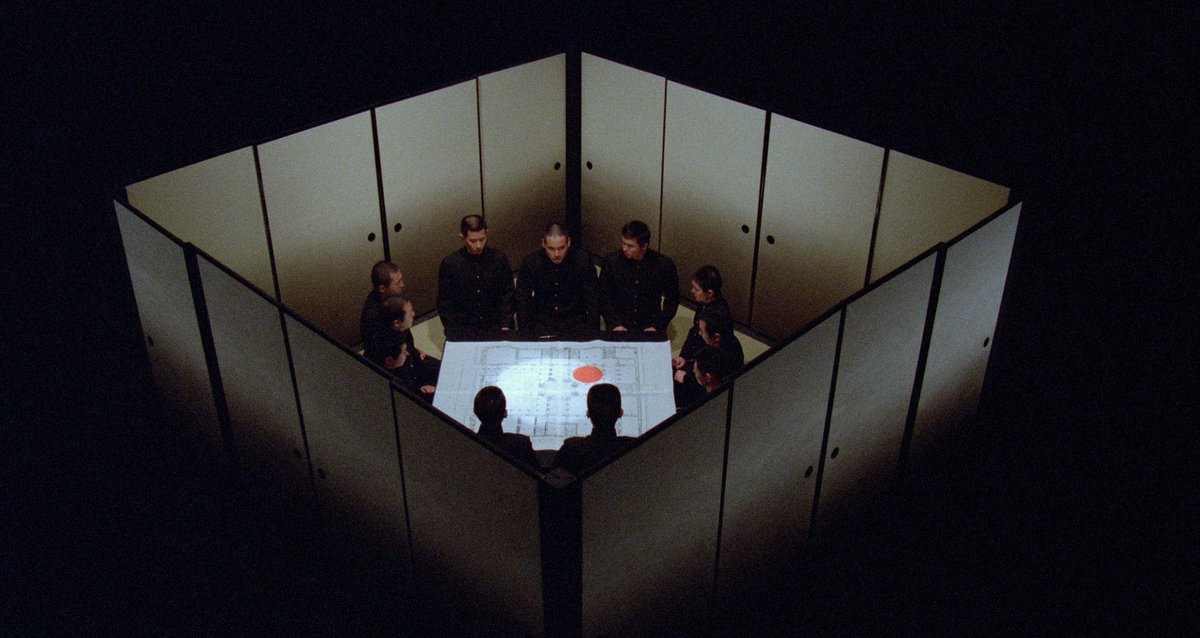
Screenshot: Warner Bros., Criterion
“I moved to Japan and we had a Japanese producer who was able to raise half of the budget through his own money and from Fuji Television and Toho-Towa,” Schrader told eFilmcritic.com.
“Francis was producing but he couldn’t get anybody to help us out from the U.S. side, so we went to George. George had kind of a rocky relationship with Warner Brothers but he said that he would be willing to take this on. He went to Warners and at the end of that conversation, Terry Semel, who was the head of Warners, said to George, ‘If we do this, will we be doing you a favour?’ George said yes and so they agreed to match our Japanese money. It was done to ingratiate Warner Brothers to George, basically.”
The Los Angeles Times also reported in 1985 that the only reason Warner Bros. forked over $US3.25 ($4) million was supposedly for improving relations with Coppola and Lucas.
“They never had a great deal of interest in promoting the film – their obligation was fulfilled when they put up half the money and that is why there was never really a big promotion for the film,” Schrader told eFilmcritic.com.
Schrader says he was told to put $US70,000 ($92,824) of his own money into the film, with the stipulation that apparently he could only get profits if the movie was released in Japan.
It never was.
There are several theories as to why the movie has never been released in Japan. The New York Times reported that Mrs. Mishima, who long denied stories of her husband’s sexuality, was told the movie would not dwell on homosexuality or focus on violence.
Mrs. Mishima must not have been happy with the finished film, but she ultimately denounced it.
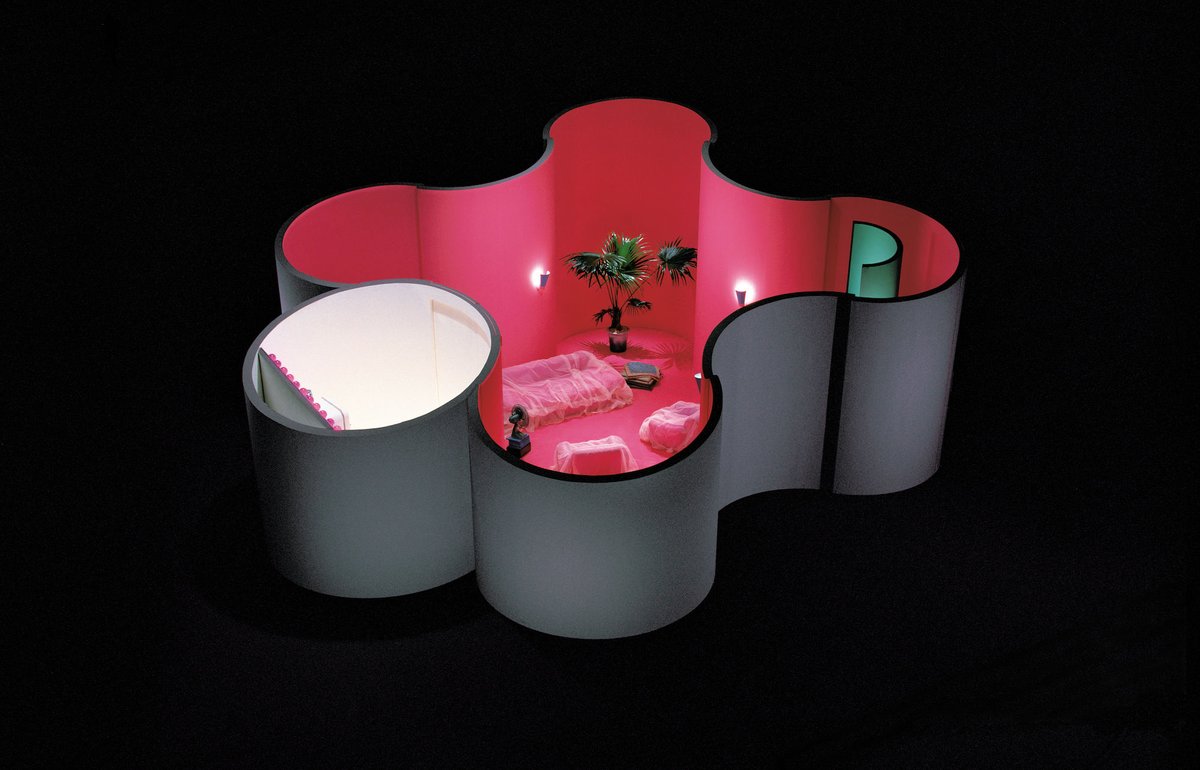
Screenshot: Warner Bros., Criterion
The New York Times added at the time that those connected with the film believed the Japanese government had prevented the movie’s release. The film’s depiction of nationalism also might upset right-wing organisations in Japan.
“The problem wasn’t the homosexuality but the self-promotion,” Schrader told The New York Times. “Japan is a consensus culture. The fact Mishima made the whole nation deal with his death disquiets the Japanese.”
Not only was the film effectively banned when it debuted in 1985, but it still hasn’t received an official release since. Not only that, but Schrader claims that the Japanese studios who paid half the budget also allegedly denied ever being involved.
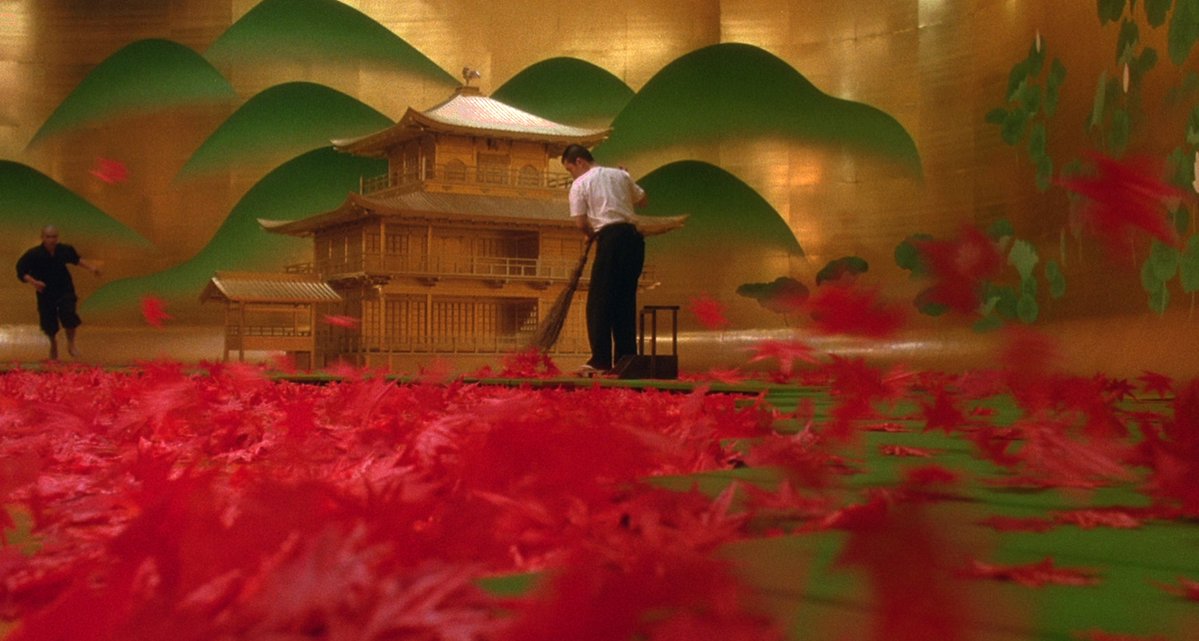
Screenshot: Warner Bros., Criterion
“The Japanese financiers tried to pull out at the last minute because of pressure from the widow,” Schrader told eFilmcritic.com. “There was another drama involving that and the end result was that they gave us the money but claimed that they didn’t. To this day, they claim that they did not finance the film.”
“y that time, I became increasingly aware that the film would never been shown in Japan (and it never has) and that for the rest of the world, it would just be another foreign-language film. In many ways, I was out there directing a film that was financed by no one that was going to be seen by no one.”
Mishima: A Life In Four Chapters was a box office flop when it was released, but Schrader knew it would be. He didn’t make it for money.
“This film has a very curious commercial problem,” Schrader said in September 1985, a month before it was released.
“I have to continually remind the studio people what the reality is because, with all the attention it’s getting, they are starting to think it should perform (at the box office). It can’t.”
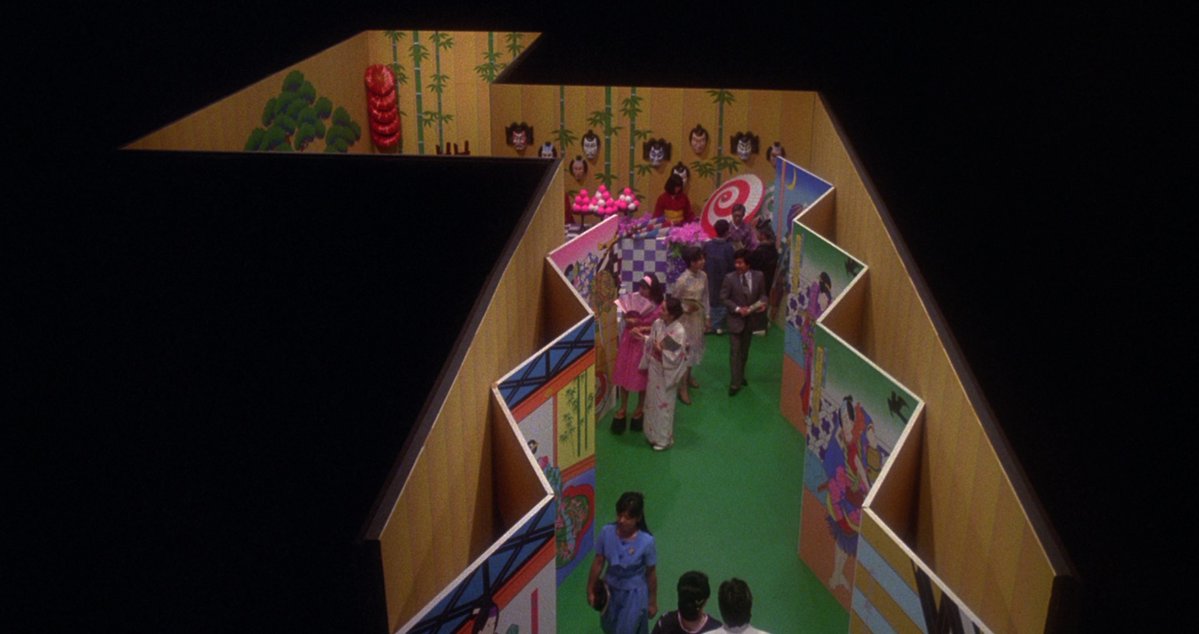
Screenshot: Warner Bros., Criterion
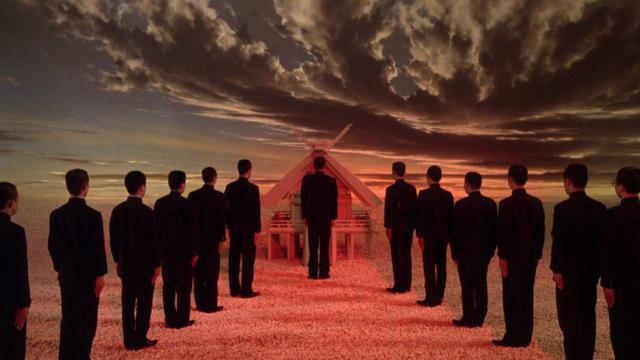
Comments
3 responses to “The Banned-In-Japan Film George Lucas And Francis Ford Coppola Produced”
Yeah but… how do I watch it today? *grabby hands*
Oh never mind it’s not just Blu-ray, there’s digital options too. Hooray!
Why does every screenshot look like Tokyo 42?